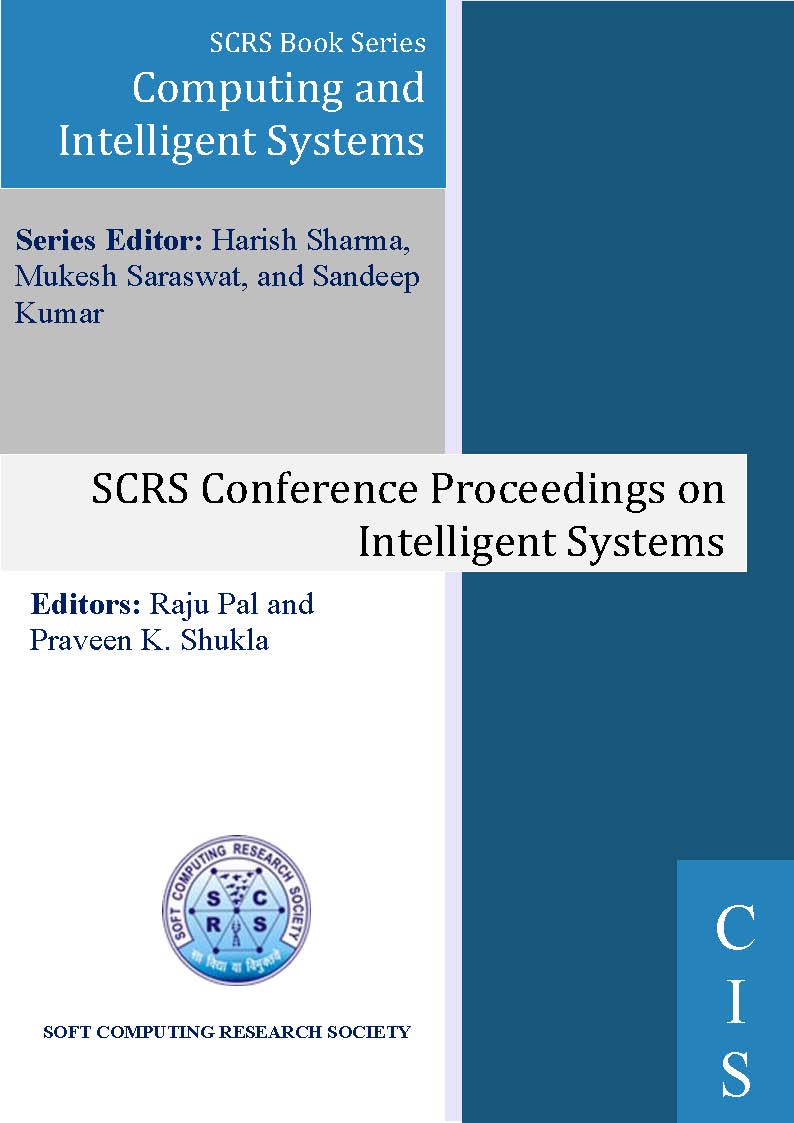
Application of LP for Agricultural Land Allotment: Difference between Modelling and Reality
Authors: Anil Gurjar and Anupam Ghosh
Publishing Date: 09-09-2022
ISBN: 978-81-955020-5-9
Abstract
Decision making in the agriculture sector is complex, with nature, economics, profit calculations and long-term goals playing their roles side-by-side. One critical aspect of agriculture is the allotment of land for the production of multiple crops. This paper illustrates an example of land allotment for agriculture in a setting where land produces four crops at the same time. While the linear programming model generated a particular set of outputs recommending particular pieces of land to be allotted for specific crops, the reality was far different. It was found that land allotment was guided by a mix of factors - business and nature - and was dependent on the available supply of the crop in the market and whether a crop can withstand a sudden change in the climate.
Keywords
Linear programming, Agriculture, Land allotment, Climate, India
Cite as
Anil Gurjar and Anupam Ghosh, "Application of LP for Agricultural Land Allotment: Difference between Modelling and Reality", In: Saroj Hiranwal and Garima Mathur (eds), Artificial Intelligence and Communication Technologies, SCRS, India, 2022, pp. 219-224. https://doi.org/10.52458/978-81-955020-5-9-23